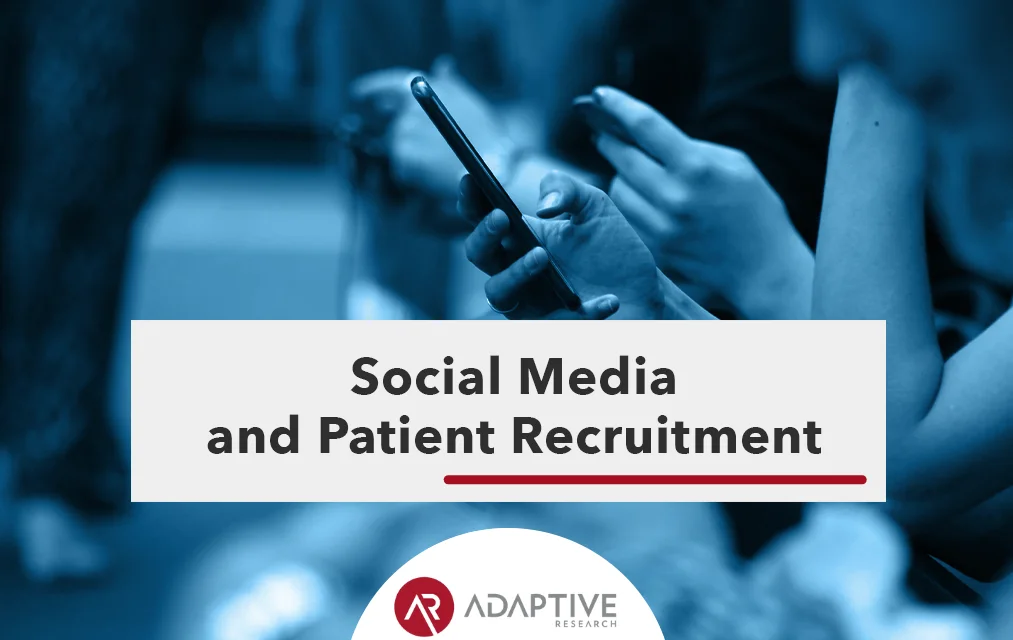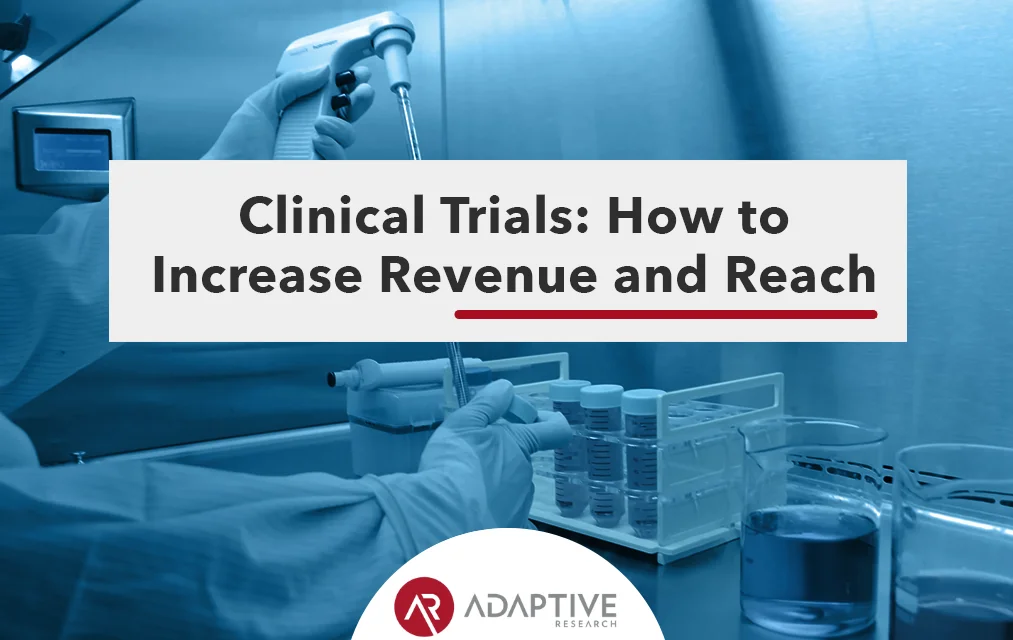How to Create Effective Social Media Posts for Clinical Trial Recruitment
Social media is a great resource for clinical trial recruitment, but it takes more than just posting information to drive recruitment. To maximize recruitment through social media, the social media manager needs to use certain best practices. These tips for effective social media recruitment will help you reach more potential participants and drive clinical trial enrollment. 1) Be Relevant Your posts should be targeted at the people you want to see them. For instance, if your research is on children's diabetes, post about things that affect this community, such as local news and events related to diabetes. If your research is on adults' fertility, share stories about infertility and family planning. You should also make an effort to learn what types of posts are most popular with your targeted followers—you can usually see at least a rough estimate of how many people have liked or commented on each one. If something isn't getting much interest, consider changing things up before trying it again. 2) Use Images Posting information without including an image makes your message less memorable and reduces sharing. Social media audiences rely heavily on visuals such as photos and videos rather than text so it's important not to underestimate their power. One study found that 80% of people remember what they both see (as images) and read (as text), compared to only 20% of people remembering text. There's no magic formula that works on every social media platform, so you'll want to do some experimenting and see what kinds of posts get the highest rates. Photos with faces generally perform better than those without as they show there are real people behind a study—if you can't include actual photos, stick to graphics like infographics or logos for companies involved in your trial. 3) Be Consistent Recruitment is time-intensive…



